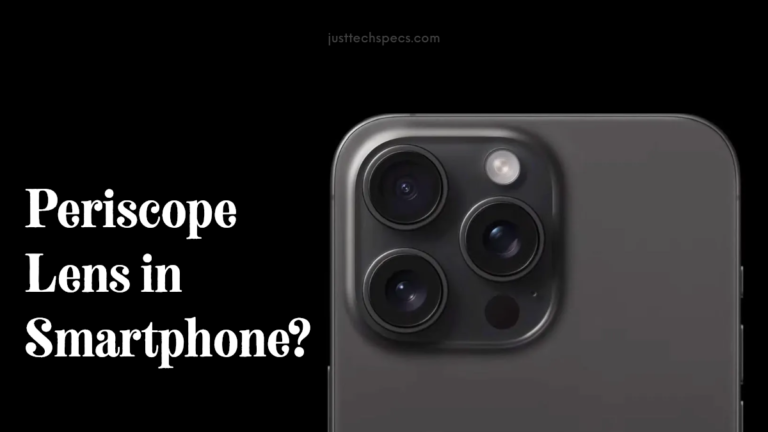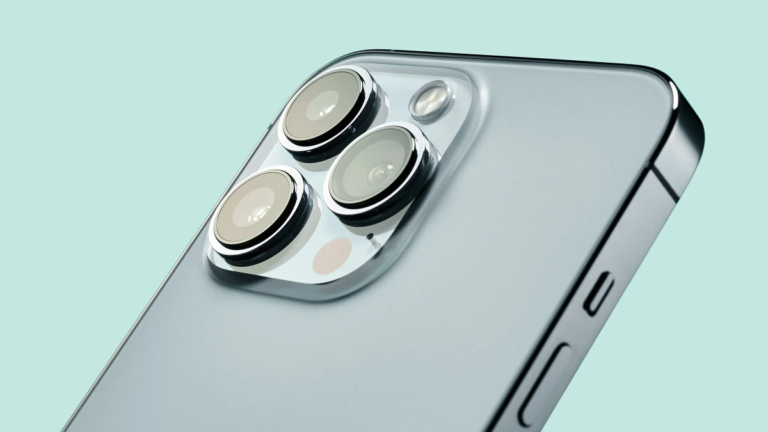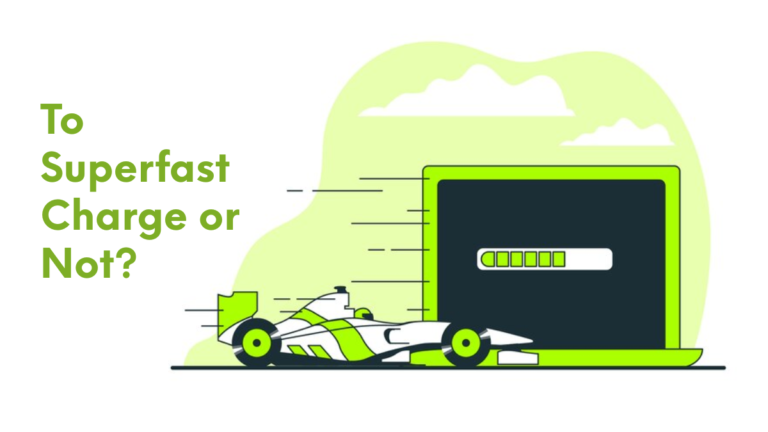Trickle charging in smartphones has been there since the very beginning of smartphone production. Many technologies centered around battery emerged, but this small looking tech was a major hit among the consumers because of simplicity of its workings.
While fast charging technologies provide rapid recharge times, many phone users also rely on overnight charging to keep their devices powered up. This is why majority of consumers charge their phones twice a day.
This brings up questions around the best charging practices for smartphones and if trickle charging overnight affects battery health. Let’s take a closer look at what trickle charging means, whether it has adverse effects and charging guidelines for optimal phone battery lifespan.
What is Trickle Charging in Your Smartphone
Trickle charging refers to charging mode where the charger provides a low current flow to gently top-up the phone’s battery once it has already reached 100% charge.
After fast charging a li-ion battery up to full capacity, the voltage drops slightly. Trickle charging offsets or balances this by supplying a steady low wattage current to hold the charge at 100% if the phone remains plugged in.
Some OEMs keep the fast charging up until 80% and then drop the voltage supply. This is why you see your smartphone charging slowly after 80% of fast charging. And this mode of charging is called trickle charge. Percentage doesn’t matter. The power delivery matters.
Unlike fast charging which may use 15W or higher power, trickle charging works at as low as 5W, proceeding slowly till the device is disconnected from the charger. It works somewhat like cruise control to maintain the battery level.
For older phone batteries, trickle charging posed overheating risks but newer lithium-ion batteries can sustain trickle mode safely.
Is Trickle Charging Bad for Your Smartphone
Excessive trickle charging was associated with decreased lifespan in older battery chemistries. But for most premium smartphones with lithium-ion batteries, occasional overnight trickle charging does not pose substantial lifespan risks by itself unless batteries already have prior damage.
Li-ion batteries lack memory effect issues and use smart battery management systems that halt charging once capacity is full.
That said, constantly keeping the battery at 100 percent charge overnight accelerates lithium plating – the deposits that form on the anodes, slowly reducing charge holding ability over two or more years.
Avoiding full overnight charges whenever feasible aids longevity.
Is It Bad to Leave Your Smartphone Charging Overnight
While modern smartphone batteries handle trickle charging well, keeping phones plugged in overnight frequently even after achieving full charge causes some wear and tear.
The preferred state for li-ion batteries is around 30-80 percent charge, not 100 percent continuously. That’s why it’s recommended to charge your smartphone up to 80% and not full, most of the time.
Overnight, the trickle charge keeps lithium-ion batteries in a high voltage state promoting unwanted side reactions between electrolytes slowly accumulating cell deposits.
Combined with sockets supplying fluctuating voltages, prolonged time at 100 percent contributes to reducing battery durability after a few years. Unless required, charge phones only up to 80 percent before going to sleep.
Conclusion
In summary, occasional overnight trickle charging to keep your smartphone battery topped up is generally safe. Allowing phones to discharge 30-40 percent then recharging preserves longevity better than keeping plugged in constantly at 100%.
Employ smart charging, that is, fast charging only when urgently required during the daytime. And then slow charge to 80 percent overnight. Use battery protection modes if available.
Follow phone manufacturer guidelines for charging practices optimized for your device to maximize battery capacity over years.






